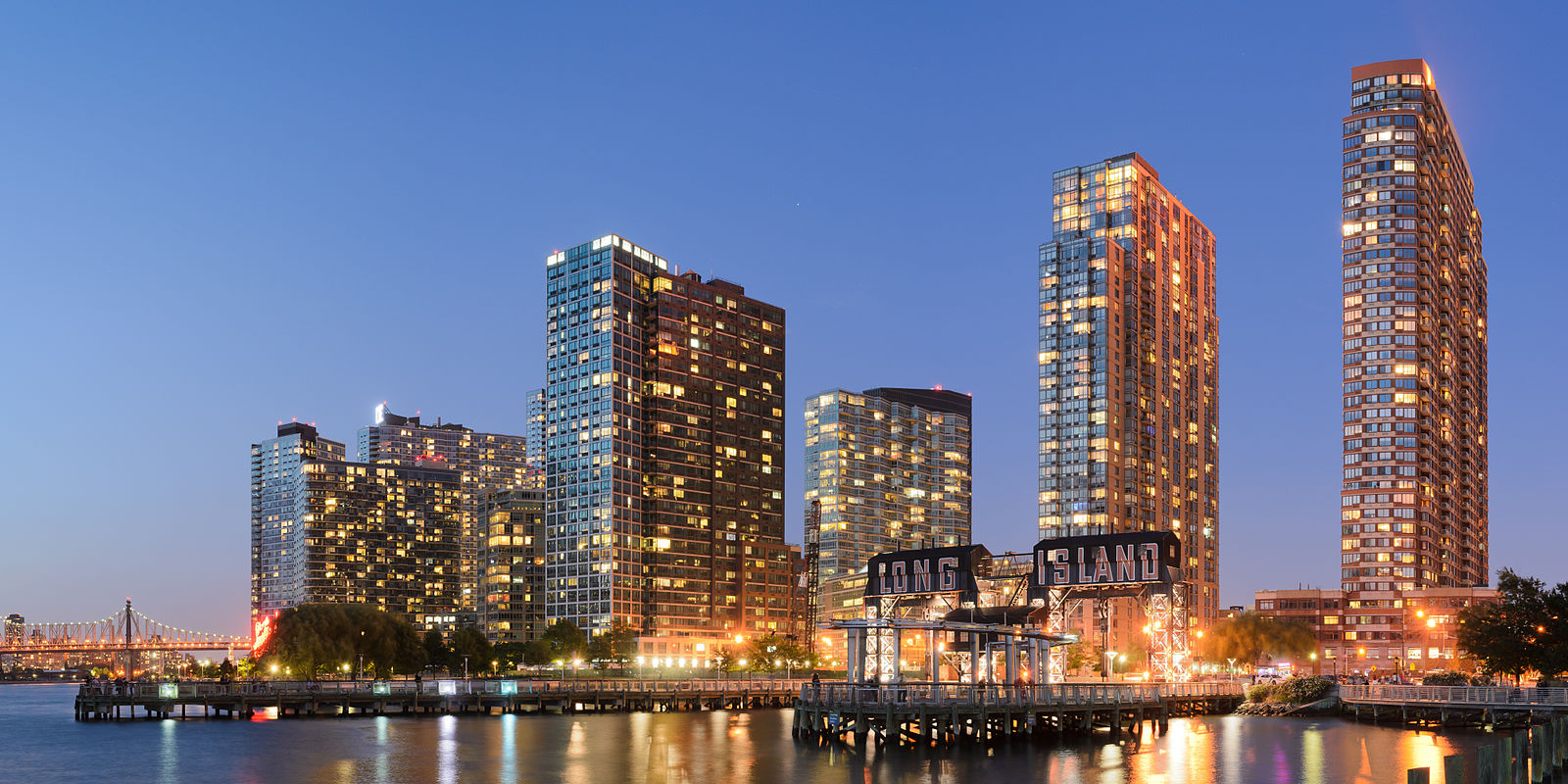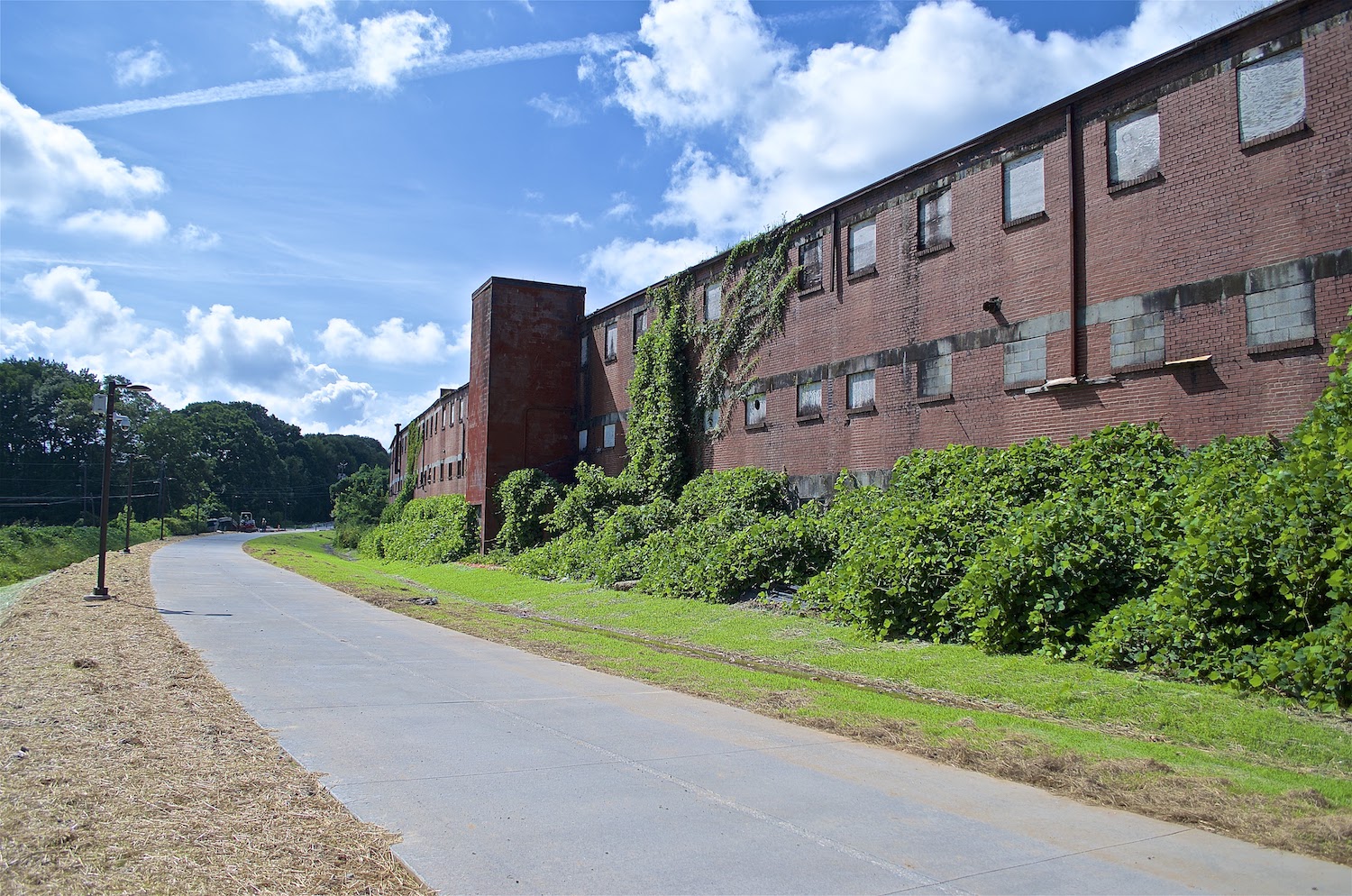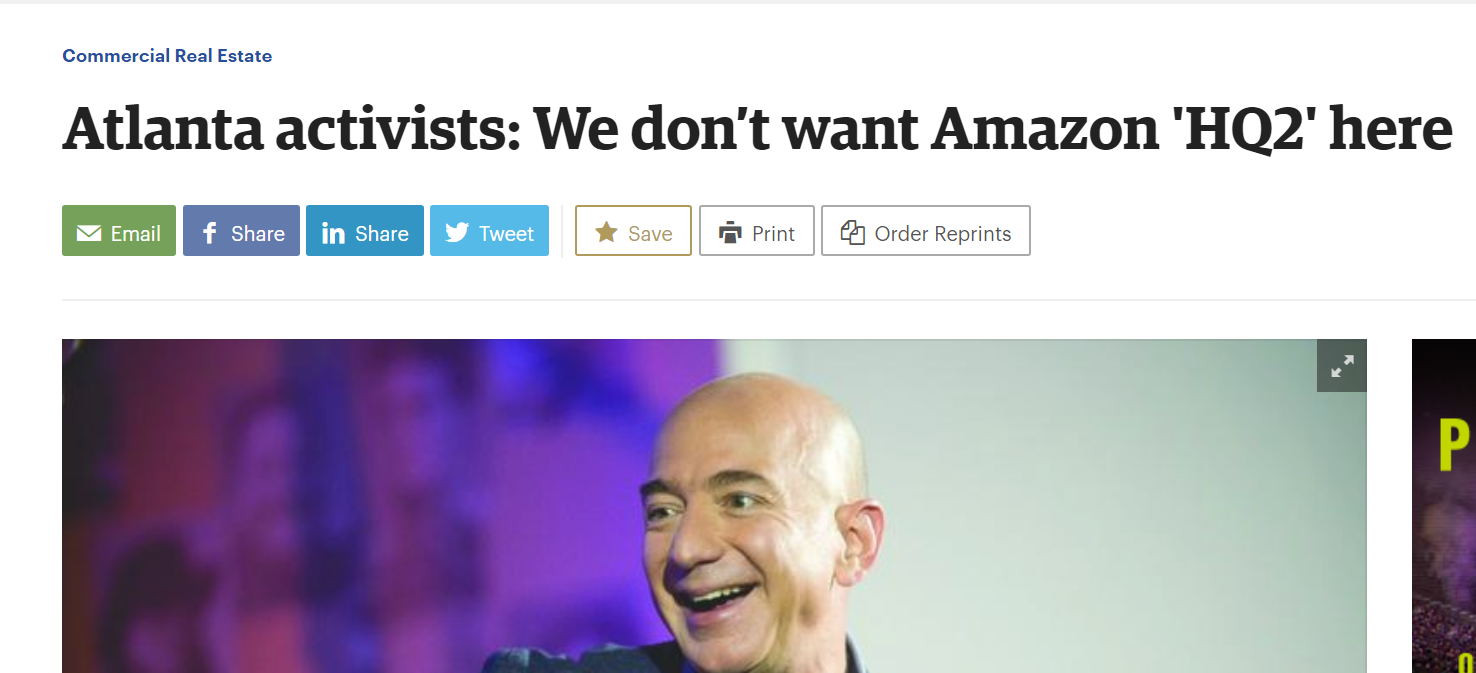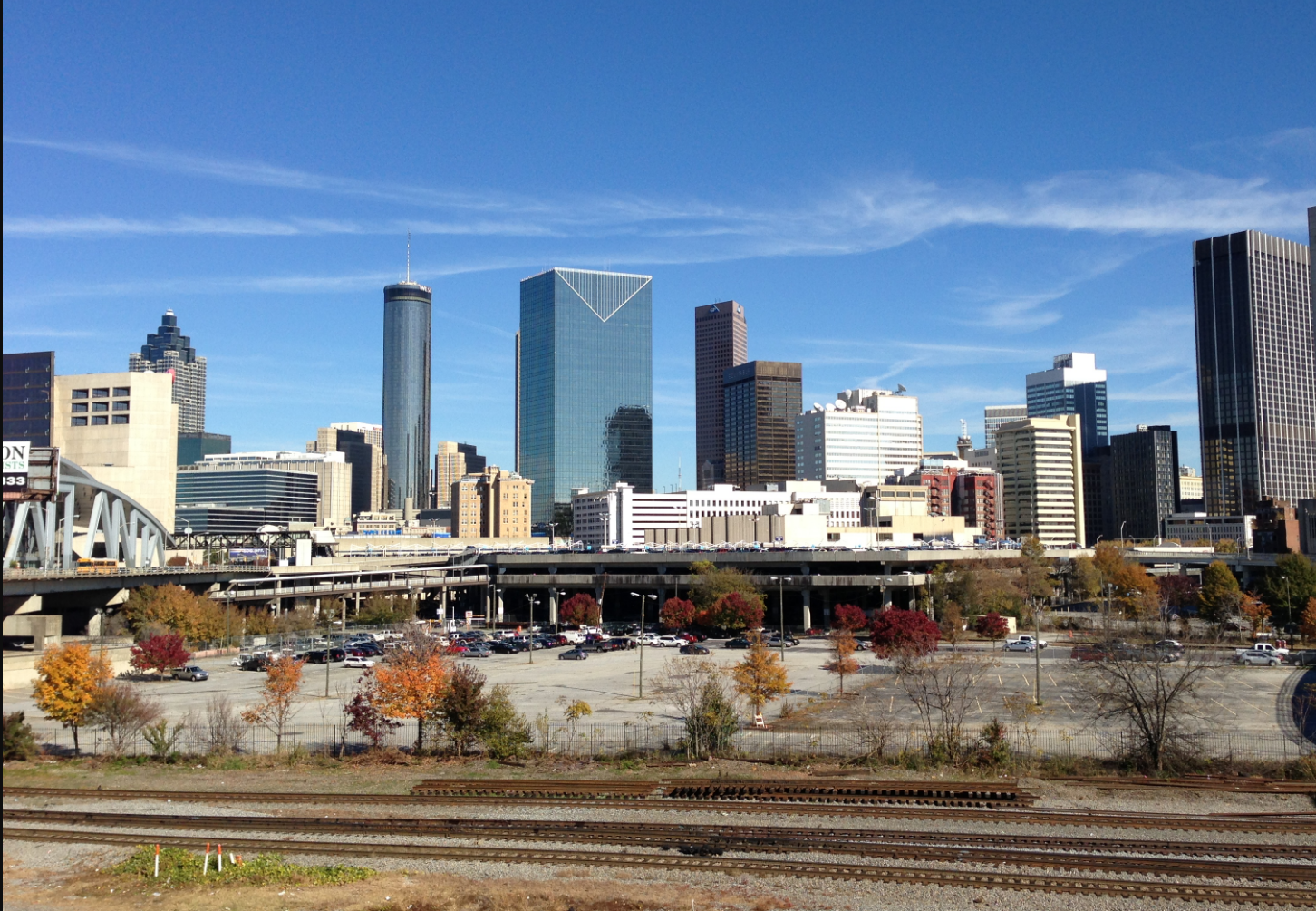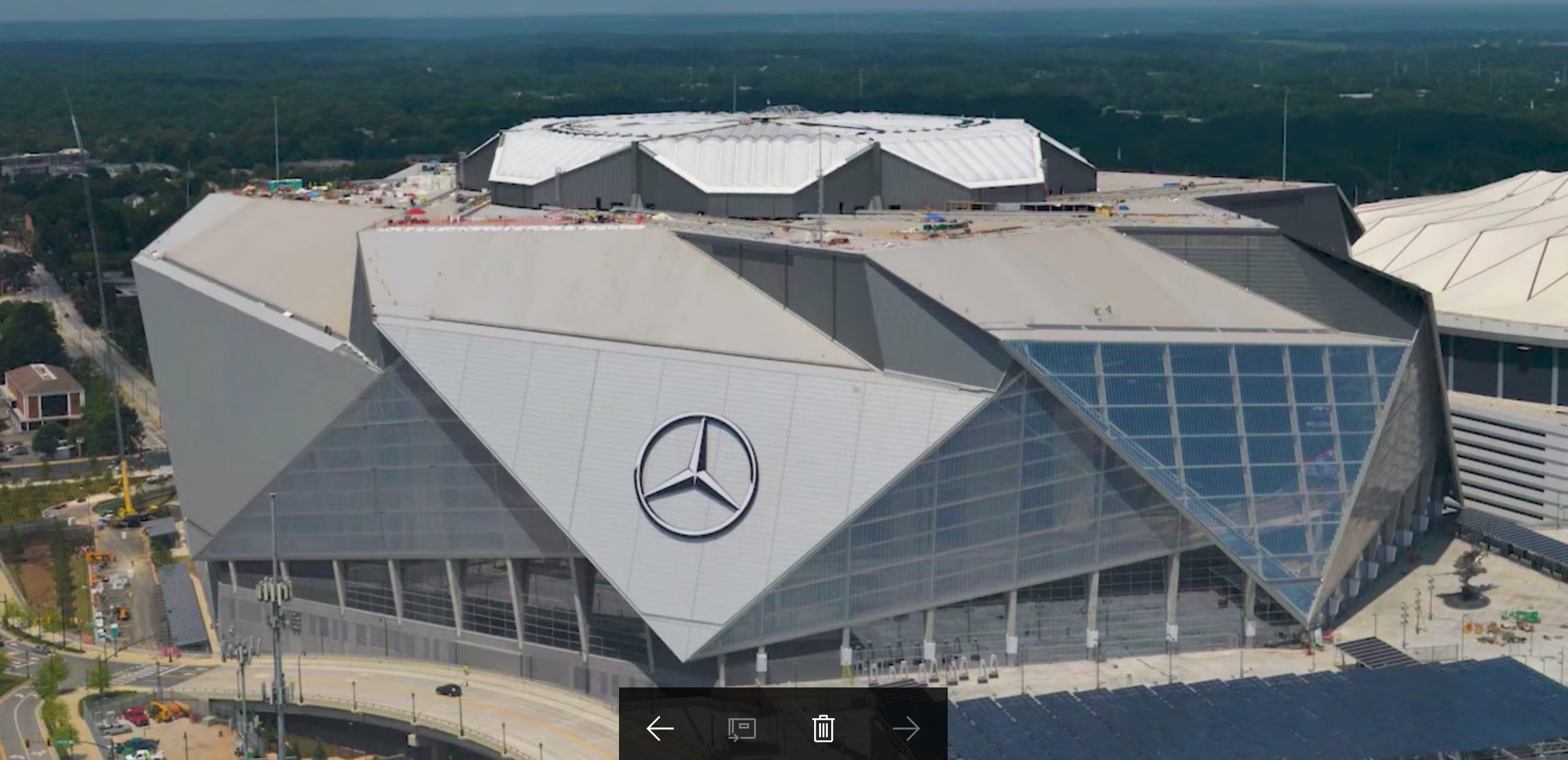Amazon HQ2 Not Landing in Atlanta—Rejoice!
I started talking about Atlanta’s Amazon HQ2 potential a year back in my post “Amazon HQ2 and The Gulch: A Symbiotic Relationship?” and continued the discussion in a follow-up post. Now, Amazon announced its intention to co-locate Amazon HQ2 in New York and the DC metro areas, and I am pleased with the result. Sometimes, you can score just as many runs hitting singles and doubles—so in that regard, Atlanta and Georgia are doing just fine. Thank you very much. Good Things Already Happening Here In my opinion, Atlanta is already winning the corporate relocation game as well as nurturing our own future Amazons through such initiatives as Atlanta Tech Village and the ATDC at Georgia Tech. Need evidence? Think Mercedes-Benz, Norfolk Southern, Apple, State Farm, Athena, and Accenture. All have announced either relocation or workforce expansion in the Atlanta metro area. And these are just a few. Some May

